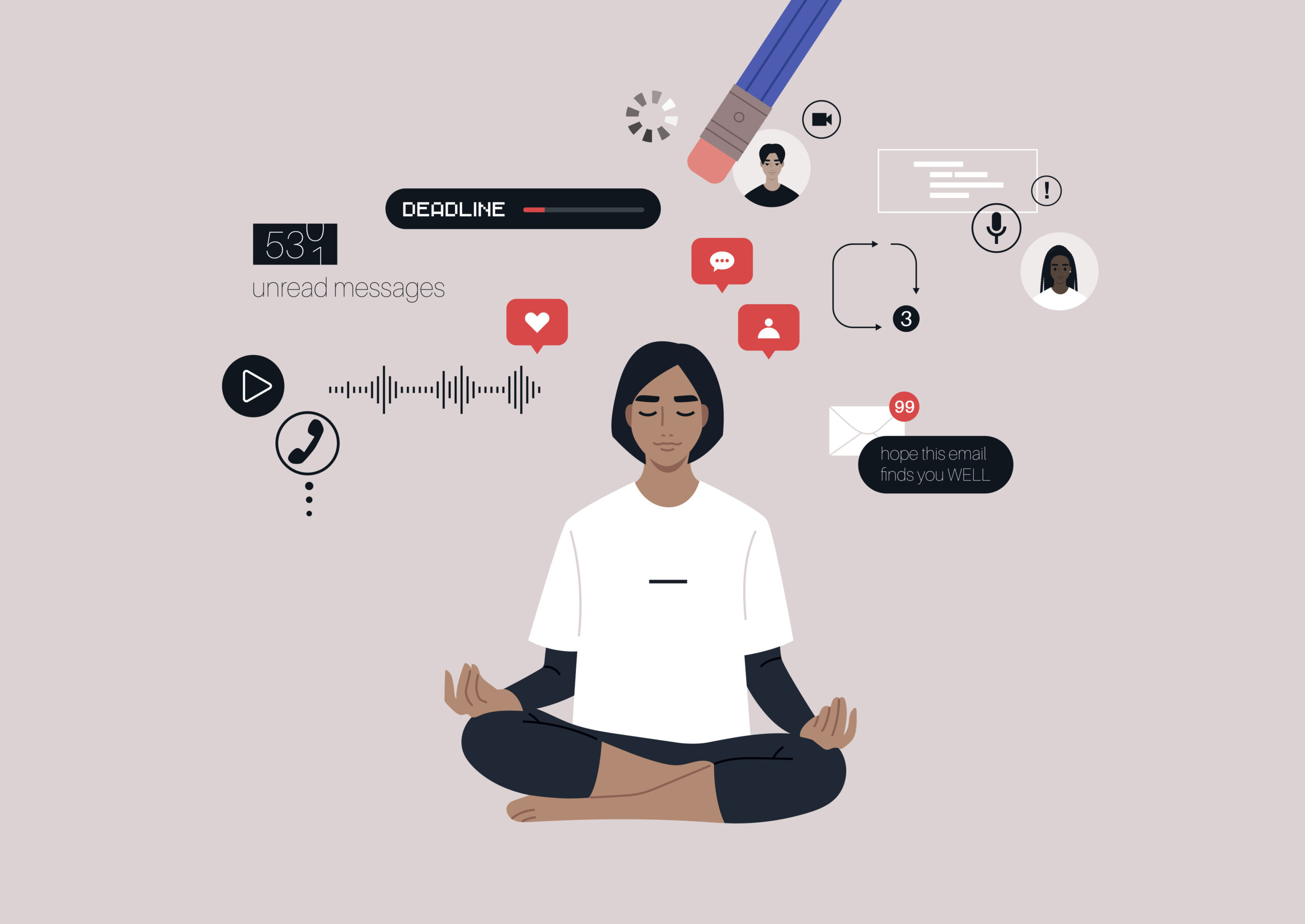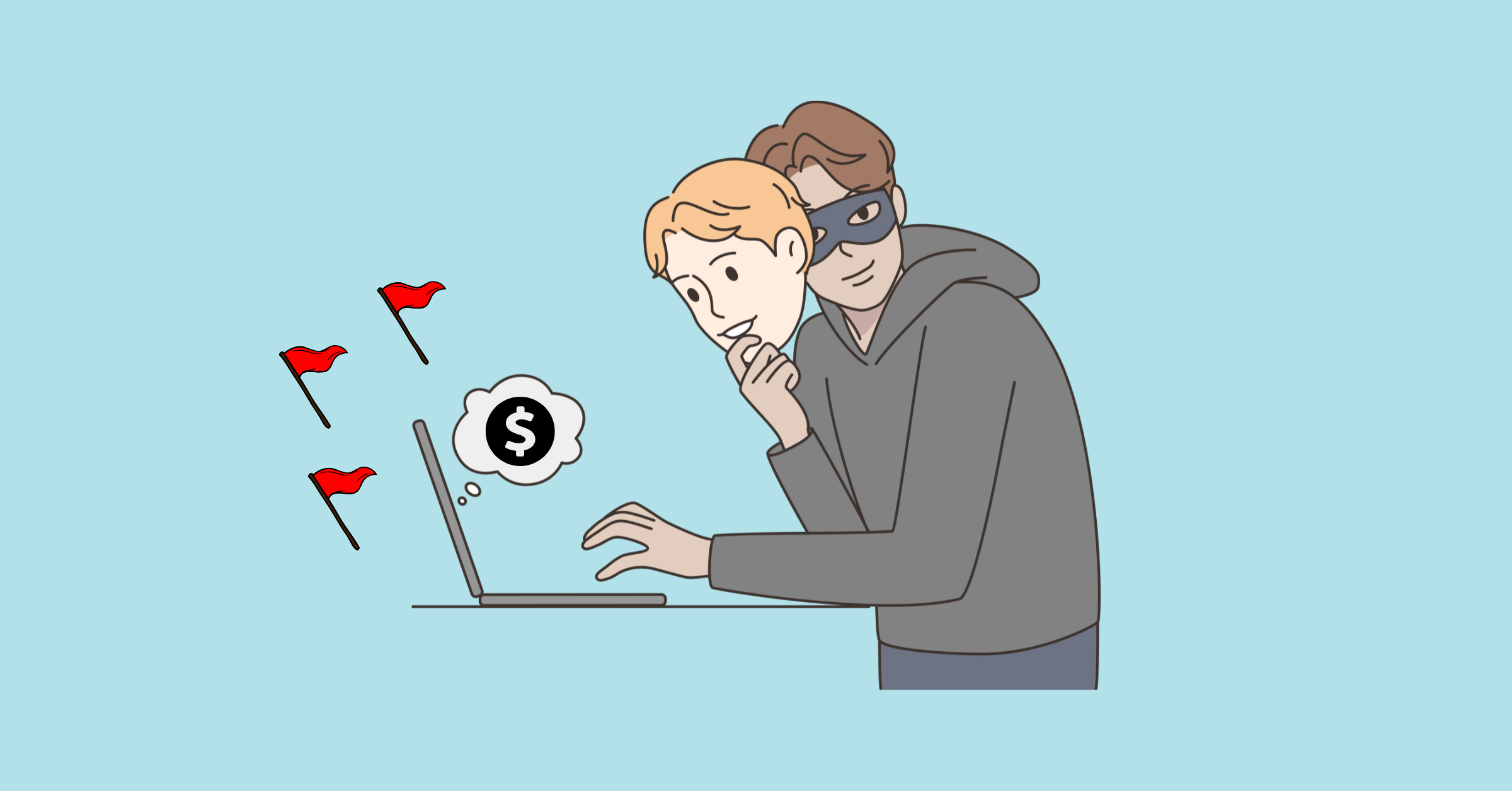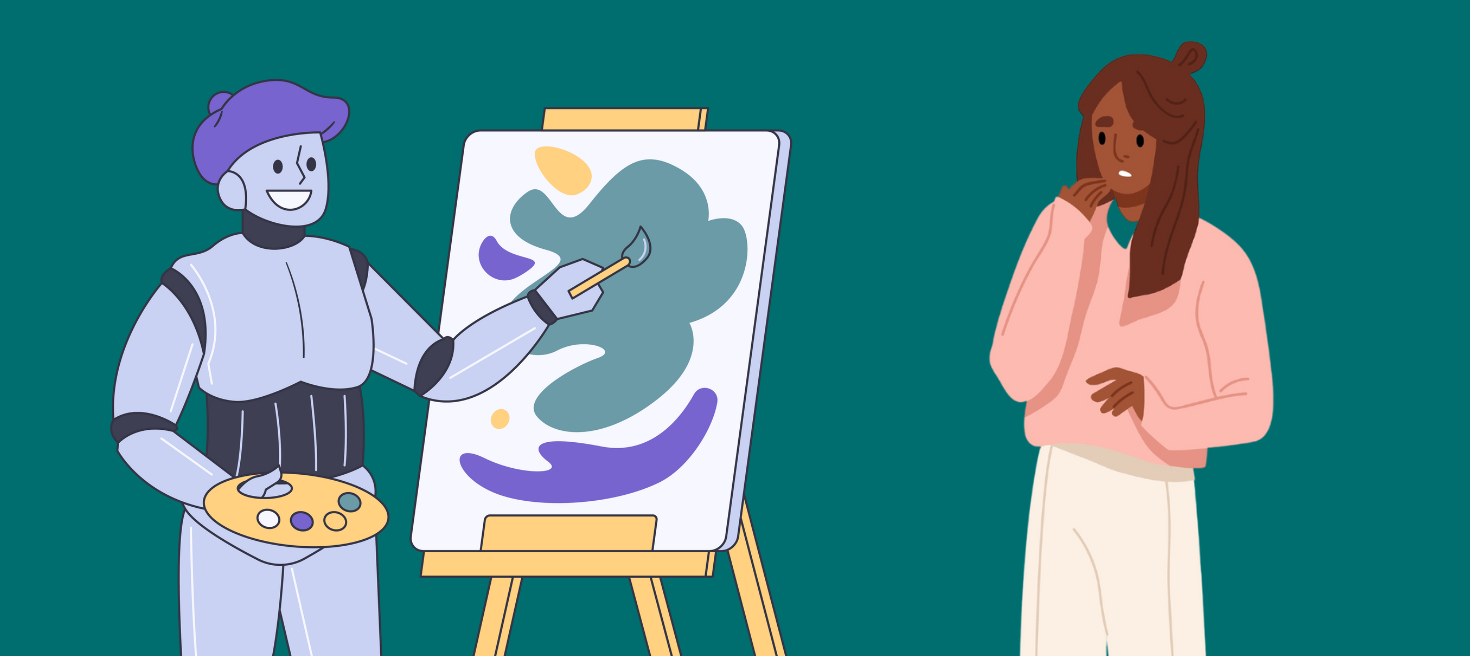I get asked a lot about how I’ve landed in the various roles I’ve explored throughout my working life. I’ve had a lot of different jobs, and sometimes feel like I stumbled into a career just by taking leaps and trying things out. The secret to my success? A mix of luck and gumption, probably.
I’ve never really considered any of my shifts a full-on career change, preferring to think of them as shifts or evolutions into something adjacent. Perception is reality, baby, and that’s how we frame the story. Looking back over the past 15 years, here’s an outline of the various phases I’ve moved through, how the shifts played out, and the lessons learned along the way.
Before we dig in, I want to be absolutely clear that this journey came with a lot of help, a lot of privilege, and a lot of luck. None of us are islands. Every successful pivot comes with help and other people who can open doors or at least crack open a window.
PHASE 1: BROKEN OPTIMISM
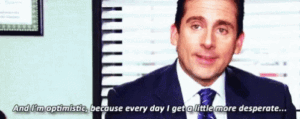
Inspired by Rachel Weisz’s character in The Constant Gardener, I decided I wanted to study journalism in college. I thought I could make a difference by exposing hard truths and launching a career in investigative journalism. Throughout my college years and my internships, I realized that the industry had been shifting, and not in a way that seemed to value what I wanted to offer. Also, SPOILER ALERT, Weisz’s character dies on the job, which I maybe should have considered.
I also started noticing very legitimate anxiety issues and found myself too identified with my writing to ever feel good about submitting it on time. I suffered from crippling perfectionism, which made it hard to work on a deadline. Eventually, I decided to put that dream away, and just figure out a way to get a job in New York where I would eventually figure things out.
LESSONS:
- You may not major in your eventual career, but you can lay the groundwork for solid recommendations and a portfolio.
- Self-esteem and mental health issues, when unaddressed, can lead you to slowly sabotage yourself.
PHASE 2: CHAOS
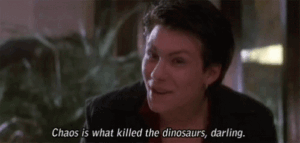
I moved to New York under the backdrop of Occupy Wall Street and the wake of the Great Recession. Unemployment rates were still high, so snagging a role fresh out of college was a challenge. I felt directionless and desperate but managed to plow forward and apply to every gig I was remotely qualified for. I tapped into Craigslist, alumni networks, every contact I had made in my various internships, parents of friends who were based in the city, and on and on we went. This is what we call planting seeds, and it can be so frustrating not to see results from the sheer volume of it all.
Within one week, I had a part-time job that paid $10/hour working as an assistant to a photographer’s agent, which I landed through a connection I made at a former internship. A few months later, I had lined up a few more gigs, including web production, copywriting, hostessing, and bartending. The hustle was very real that first year in the city. I did a lot of unpaid work and interviewed for a lot of weird gigs — thank you, Craigslist — but managed to stay afloat.
Eventually, one of the seeds I had planted sprouted, and I landed an interview at Sony as a quality assurance coordinator. Not the role of my dreams, but it was in tech and music, full-time, and at a big company. I was thrilled. I got the job, would be paid hourly, but did not get benefits which was okay because I was still on my parents’ insurance.
While I wanted to do something “more creative” long-term, I really enjoyed my team and the work I was doing. Unfortunately, lack of monetary advancement and sexism lead me to seek greener pastures. My roommate suggested a staffing agency he had worked with to help me find my way, but instead of being placed by them, I became a recruiter.
LESSONS:
- You can harness various skills to reach unexpected places.
- Sometimes the seeds you plant take a while to sprout, but you’ll be grateful to your past self when they do.
- Lean into every network connection you can; reach out respectfully and without expectations.
- Be gracious, listen, say thank you, and mean it.
- Sometimes a toxic environment can drive you out of a potential career path.
PHASE 3: STABILITY
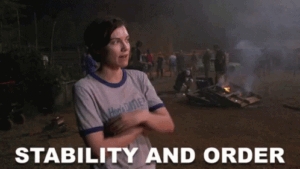
That’s right! I finally found a salaried full-time role with benefits and all at Creative Circle. I joined the New York office as a recruiter, using my creative/tech experience as a base, and built off that with training and experience. Did my heart still long for creativity? Yes. And you know what? I got to explore my creativity after hours since I was making more money and finding stability. I took improv and storytelling classes. I took piano and voice lessons. I started therapy and worked through the self-esteem issues that sabotaged my college writing dreams.
Having those three years of stability was life-changing for me. I got on top of my health, learned about myself, and built a savings account. But something was still missing for me. I explored a range of passions that led to signing up for trainings, mentorships, and certifications so that I could do the part of recruiting I liked best, helping people. I decided I would try my hand at freelancing. I expressed my wishes to my manager, and we parted ways on excellent terms (this will be important later).
LESSONS:
- Financial stability and independence can be game-changers.
- Maintaining your mental health and integrity is more important.
- There are ways to part ways amicably. Maintaining professional connections can only help you. (Obviously, if your employer is manipulative and unethical, this does not apply. Burn that bridge and never look back, but make sure you have evidence of their misconduct just in case.)
PHASE 4: CALCULATED CHAOS
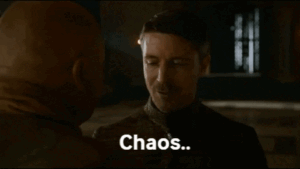
I took a stab at entrepreneurship, teaching yoga, reading tarot cards, and offering one-on-one mentorship and coaching. This was an ever-evolving process that launched me back into that hustle zone, albeit with a little more cushion and a little more freedom. I worked all kinds of gigs, in all kinds of environments, with all kinds of people. I designed workshops and classes, packaged offerings at events, worked with long- and short-term clients, and had the space to study and explore various areas of interest.
A lot happened during this time, but eventually, I made my way back to my home city and tried to continue what I had started. However, it became clear I couldn’t do things in the same way anymore. I started shifting, focusing more on mentorship, and allowing myself to imagine something different. I had never intended to live like this forever, and was realizing perhaps all my interests and hobbies shouldn’t become my job. It was time to pivot once more, I just didn’t know what that would look like yet.
LESSONS:
- Your passion could lead to a career, or it could lead to a valuable learning experience.
- You can monetize the things you love, but you can also walk away when it’s not working anymore.
PHASE 5: EXTERNAL CIRCUMSTANCES
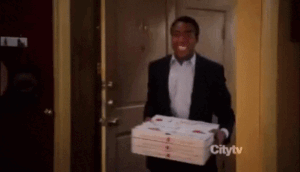
After one year back in Miami, I suffered a concussion four months before the onset of the COVID-19 pandemic. This had the unfortunate effect of making the already challenging logistics of my work untenable. Teaching yoga in Miami was way harder than teaching in New York. Needing to drive, often during rush hour to teach classes made it so my dollars per hour earnings were often way below minimum wage if you include prep and travel time. Once I sustained the injury, the effort doubled as driving at night would trigger headaches and nausea, I also couldn’t look at screens for more than a few hours a day. It was a rough time.
I had to spend a lot more time resting, which was hard and made me feel helpless, but with the support of my family and then boyfriend/now husband, I made it through and realized it was time to pivot once more. In my explorations, I reached out to my old manager (the one I left on great terms with), and picked up some copywriting and admin work. I was really lucky to ride out the pandemic with a few of my mentorship clients and some supplemental income. I also moved in with and married the boyfriend. It was a hard time, but a good time.
You’ll notice this was not a full pivot, but rather a rolling with the punches kind of situation, where I picked up work when I was able and switched to meet my abilities and needs. Sometimes we don’t get to pick our pivots. We just work with what we have.
LESSONS:
- Control is an illusion.
- Notice your limitations, and ask for help.
- Sometimes you can’t do things the way you used to. Sometimes it’s unexpected.
PHASE 6: FOCUS

Staring at a new phase of life, I had some choices to make. While post-concussion symptoms lingered, they were infinitely more manageable, and I had developed methods of soothing and coping whenever they cropped up. After over a year of preparing, my husband and I were ready to embark on a four-month journey across the country. The plan was to put everything in storage and then find a home and start a family upon our return.
So what did this next pivot look like? It was a complex series of proposals, applications, freelance work, and endings that spanned almost the entirety of 2021. I knew I wanted to fully step away from the more “woo” aspects of wellness after seeing its predatory nature unravel over the course of the pandemic. (If you’re interested in learning more about that, I would start with the Conspirituality podcast). I also knew I needed to keep things simple until after our cross-country trip and make sure any big commitments and changes didn’t start until 2022. I knew I wanted to home in on working towards practical solutions that are more rooted in community than individualism. That led to the following:
I had picked up more freelance work doing some internal sourcing in addition to writing.
I applied for graduate-level social work programs and enrolled for a January 2022 start. (I chose the most flexible/affordable program available so I wouldn’t have to take out loans and could continue working.)
I stopped taking new coaching clients, eventually saying goodbye to my last mentee by the end of January 2022.
I pitched a version of my current role, and a new department was eventually born.
In many ways, the various twists and turns have led me here and I had to use that to my advantage. The number one question I had to answer was why am I the best person for this job. What are the skills and experience only I can bring to the table? Boom, pivot.
LESSONS:
- Timing might not be everything, but it’s a lot.
- Having colleagues in your corner makes a big difference.
- So does knowing your worth.
About the author.
Alessandra is your friendly neighborhood writer, coach, and facilitator with a varied history of experience from digital agencies and corporations to yoga studios and gyms. Her expertise and interests range from fitness and wellness to self-care and personal development to intersectionality and justice to science and creative cultivation. She has worked on and off with Creative Circle since 2014, originally as an NYC recruiter, later as an internal sourcer, and currently as a community wellness and culture specialist as well as a contributing writer for this here blog. You can find up-to-date offerings or sign up for her newsletter at alessandracalderin.com.
